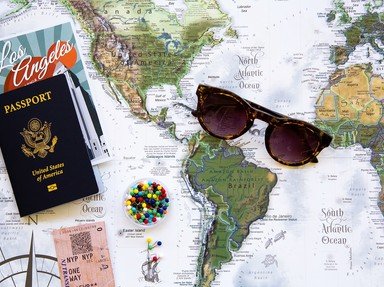Quiz Answer Key and Fun Facts
1. Divination manual used for interpretation of randomly-produced hexagrams
2. Collection of texts describing the social forms, administration, and ceremonial rites of the Zhou dynasty
3. Treatise on the fundamentals of Daoism traditionally ascribed to Lao-tze
4. Guidelines for conducting effective international diplomacy, attributed to Sun Tzu
5. Book that teaches the path to Confucian virtue
6. Book of sayings attributed to Confucius and recorded by his disciples
7. Novel describing the transformation of a band of outlaws into a mercenary army in the Song dynasty
8. Historical novel set at the end of the Han dynasty and the start of the Three Kingdoms era
9. Novel based on the pilgrimage of the Buddhist monk Xuanzang in the Tang dynasty
10. Semi-autobiographical novel describing Chinese society in the Qing dynasty
Source: Author
looney_tunes
This quiz was reviewed by FunTrivia editor
LadyCaitriona before going online.
Any errors found in FunTrivia content are routinely corrected through our feedback system.
